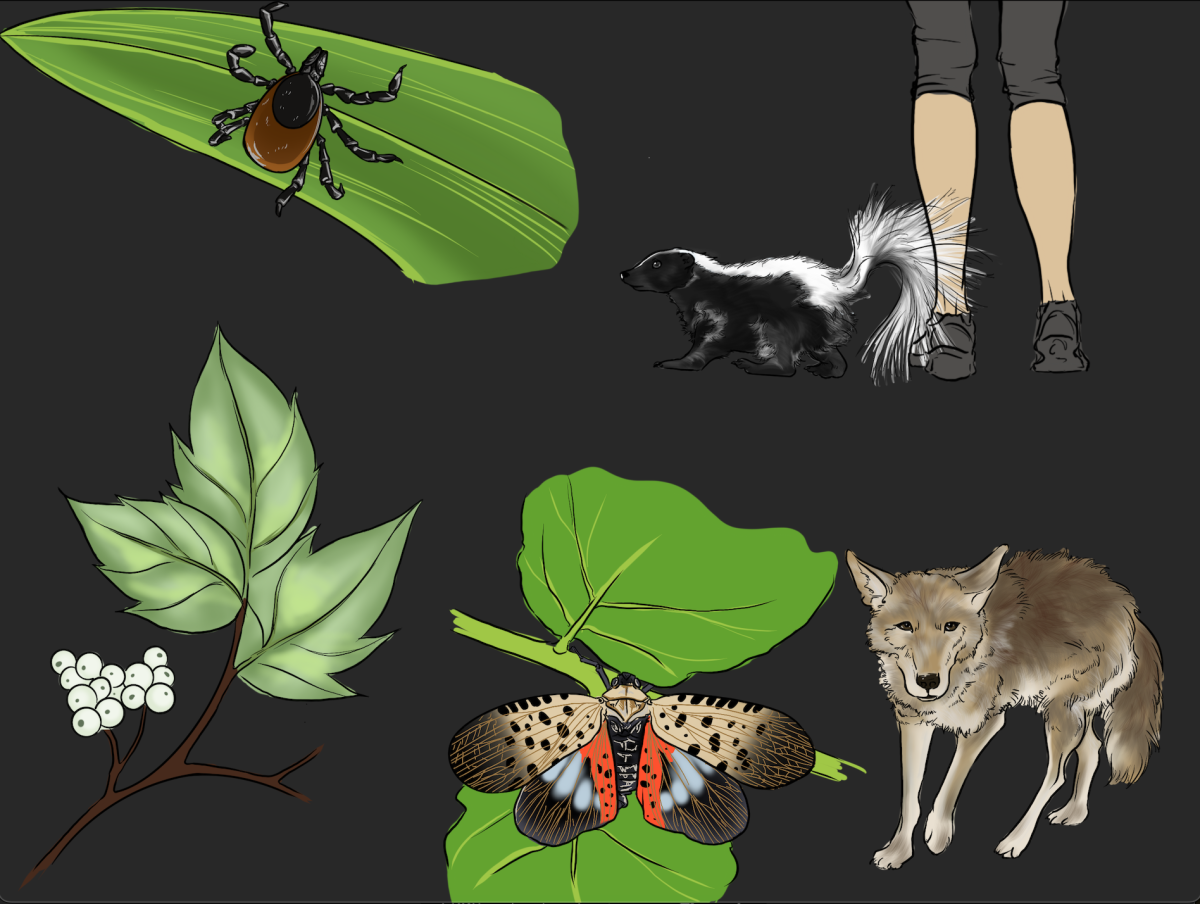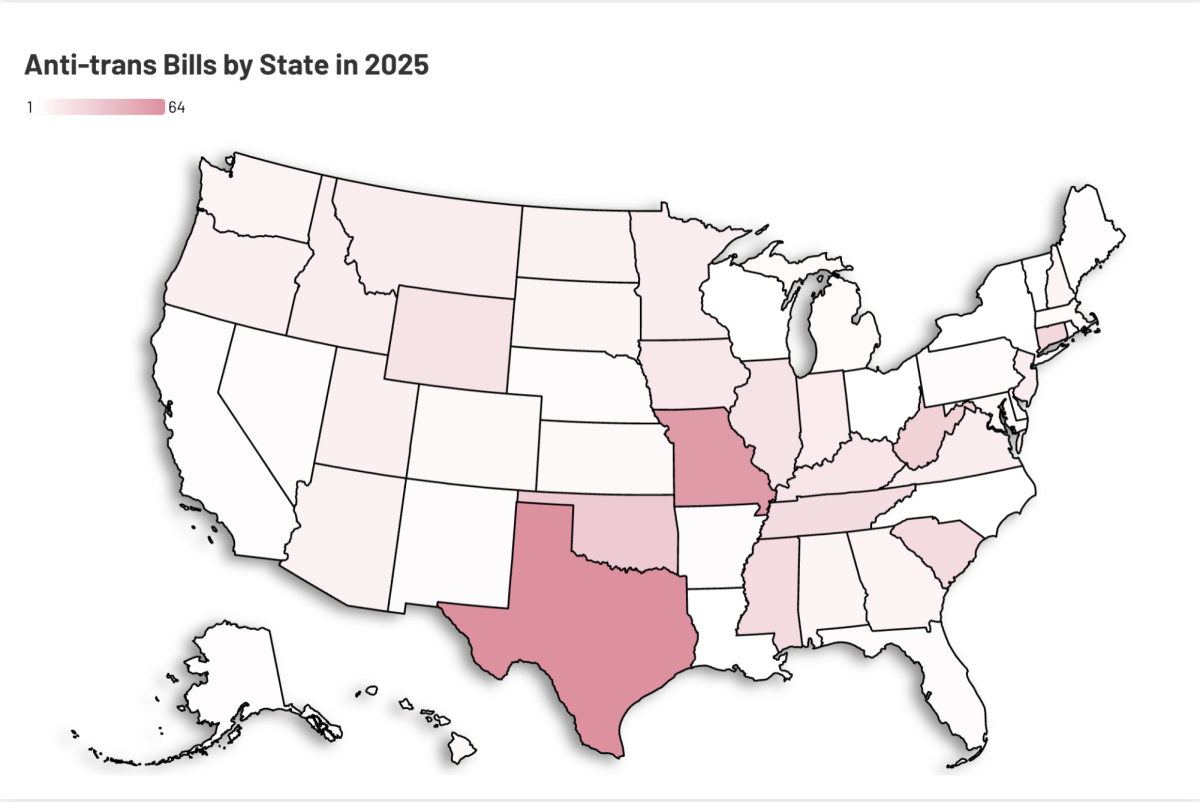The Masters campus and the Dobbs Ferry area are home to numerous plants and animals, some of which aren’t so friendly. Learning to identify and avoid these is important, especially for students and faculty new to the area. Here are a few to watch out for!
1. Poison Ivy
These viny plants come in three-leaf clusters, usually with slightly shiny leaves. Poison ivy can be found growing up tree trunks and along the ground in wooded areas such as the trails behind campus. If contact is made, the oils on the leaves cause an incredibly itchy rash that develops around 12 hours after exposure. This reaction worsens every time contact is made. To treat, use calamine lotion and wash with soap and water to remove the irritants.
2. Deer Ticks
Deer ticks, also known as black-legged ticks, have dark brown and black bodies and live in grasses, trees, and shrubs. Deer ticks can carry Lyme disease which causes a large, circular rash around the bite area and flu-like symptoms. If untreated, Lyme disease can lead to further health problems so check for ticks after hiking, nature walks, or even sitting on the quad.
If you find a tick on yourself, do not attempt to remove it with your fingers. Instead, get a pair of clean tweezers and gently remove the tick. After removing the tick, clean the bite area thoroughly with rubbing alcohol to prevent infection. Do not just let the tick go or attempt to crush it; instead, Head Nurse Tara Eng suggests that you just put it in the trash or flush it down the toilet.
3. Coyotes
Coyotes are North American canines similar to wolves. They have long, slender snouts and narrow paws, making their prints longer than that of a wolf. Coyotes are not generally hostile to people and, in fact, they bring many environmental benefits such as limiting the population of deer and other small rodents that would otherwise reproduce at an out-of-control rate. However, if you find yourself near a coyote, make yourself appear as big and scary as possible; puff out your chest, wave your arms and make loud noises. The key is to assert your dominance and make yourself look like a threat. It is also important to call security using the number on your student ID before attempting to scare off the animal yourself.
4. Skunks
Skunks are medium-sized rodents with black and white fur that spray a horrible-smelling oil when threatened. Oftentimes, it isn’t too hard to spot a skunk – you’ll be able to smell them. If you see one, don’t scream or give it a reason to feel threatened. Instead, wave a bright light such as your phone flashlight in their direction. This will scare the skunk away without giving it time to spray you. If you are sprayed, wash your entire body with deodorant soap or a grease-cutting dish detergent to get the oil off. Wash your hair with a shampoo designed for oily hair as well. Do not, however, bathe in tomato sauce – this is a myth! It will not help remove the smell at all.
5. Lanternflies
This invasive plant-hopper arrived undetected in egg masses in a shipment of goods from Asia about a decade ago. The insect feeds on over 70 different species of plants, making them a huge threat to agriculture and forests. Though they have no direct negative impact on humans – they won’t bite or sting you – they are incredibly destructive to our precious ecosystem. Easily visible with their red, spotted wings, lanternflies should be killed on sight. Stomping on them is the most effective way to kill them.







